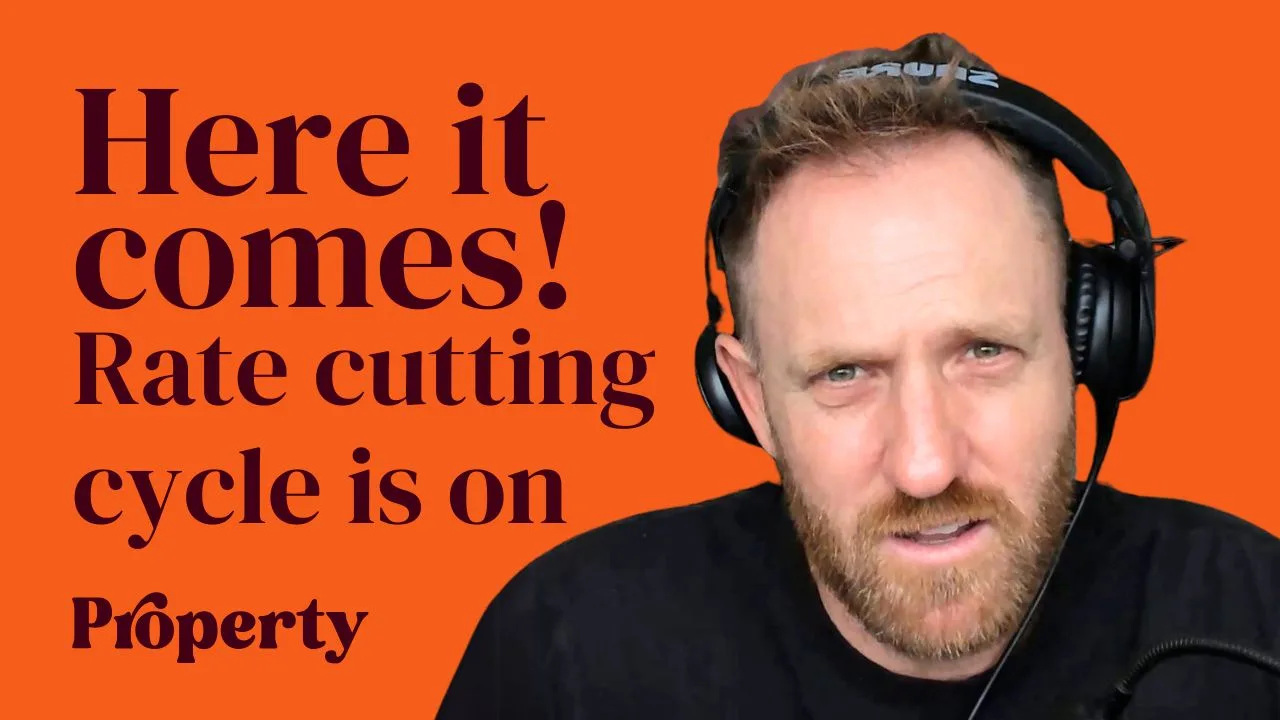With the rise of diversified ETFs, many investors will be wondering: is now a good time to take a closer look at the BetaShares Diversified Balanced ETF (ASX: DBBF)?
Here’s what you need to know.
What the DBBF does for investors
The BetaShares DBBF ETF provides investors with a low-cost, diversified portfolio of assets, including shares, property securities, bonds and cash, across Australian and global markets. These different assets can be found all in one ETF.
It’s still very small
As at the end of last month, the DBBF ETF had $2.36 million of money invested. That’s not a lot.
With funds under management (FUM) or ‘market cap’ figure of less than $100 million, it’s important to consider if this ETF is still too small. I’d say an ETF with more than $100 million invested is typically more sustainable than one with less than $100 million (at least) because if an ETF is too small it may not be sustainable for an ETF issuer, such as BetaShares.
However, there are exceptions to this rule of thumb, especially if the ETF issuer/provider is committed to growing the ETF’s FUM to the point where it becomes profitable — as BetaShares seems to be.
Fees are competitive
With a yearly management fee of 0.26% charged by BetaShares, if you invested $2,000 in the DBBF ETF today and held it for a full year you could expect to pay management fees of around $5.20.
For context, the average management fee (MER) of all ETFs covered by Best ETFs Australia on our complete list of ASX ETFs is 0.54% or around $10.80 per $2,000 invested. Keep in mind, small changes in fees can make a big difference after 10 or 20 years.
In addition to a yearly management fee, there are other costs investors must consider, including brokerage and taxes.
A specific cost for ETF and mFund investors to consider is the buy-sell spread, which is the slippage or ‘invisible’ cost paid by an investor when he or she buys or sells the ETF.
For the DBBF ETF, the most recent average monthly buy-sell spread we gathered (April 2020) was 0.67%. Remember, the lower (or ‘tighter’) the buy-sell spread, the better. This buy-sell spread was above the average ETF spread of 0.51%, which means the DBBF ETF has more slippage than the average ETF (that’s a bad thing).
What now
These are just some of the considerations you would need to weigh up before buying the DBBF ETF. Before doing anything, take a look at the free BetaShares DBBF report on Best ETFs.
While you’re at it, don’t forget to compare DBBF to other similiar ETFs, such as the diversified ETFs offered by Vanguard.
[ls_content_block id=”18457″ para=”paragraphs”]






